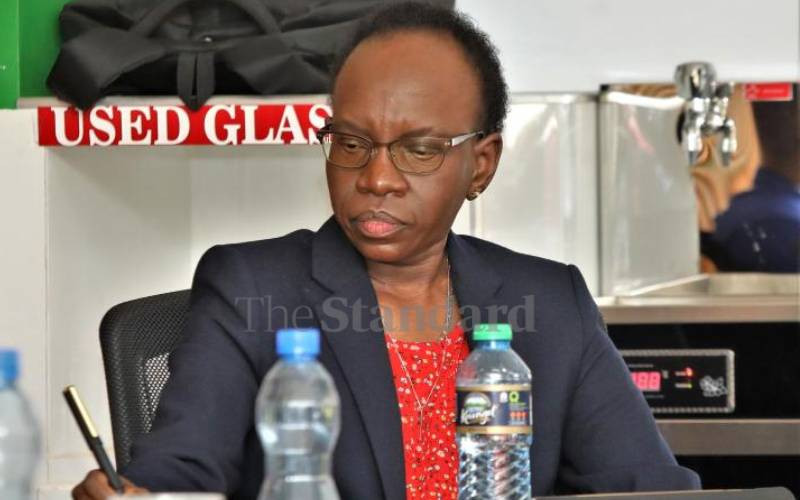×
The Standard e-Paper
Join Thousands Daily

The dropout rate of beneficiaries of Elimu scholarship continues to increase, a recent audit by Auditor General Nancy Gathungu has revealed.
Gathungu in the National Government Ministries, Department, and Agencies 2022/2023 Financial Year report raised concern over the increased rate of school non-attendance by a section of beneficiaries.